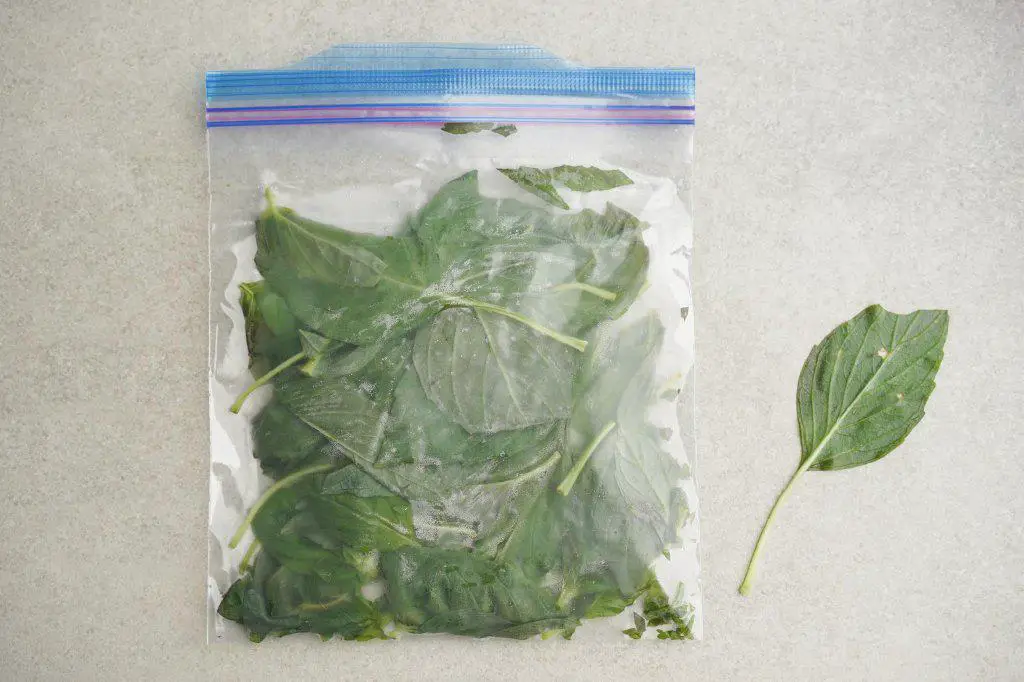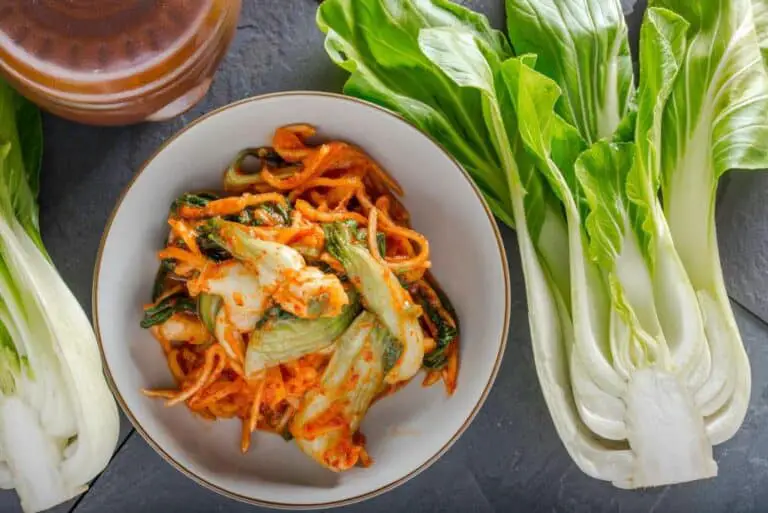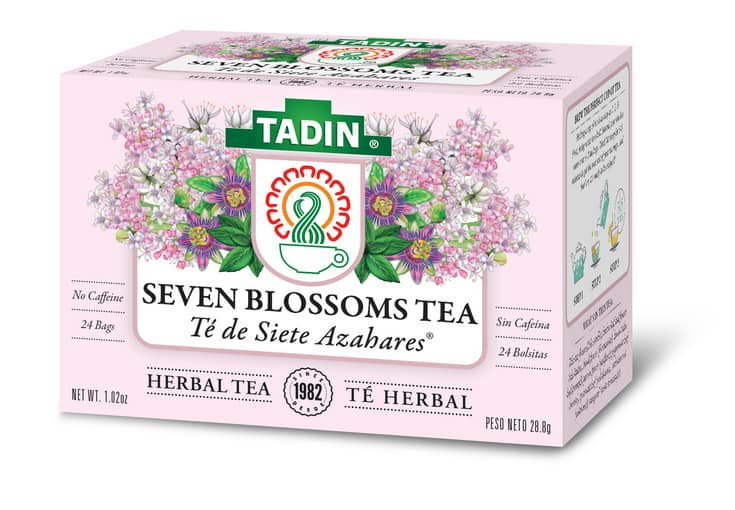How to Properly Store Thai Basil for Maximum Freshness and Flavor

Have you ever brought home a vibrant bunch of Thai basil, only to watch it wither and lose its aromatic essence within days? The art of storing herbs correctly is often overlooked, but it holds the key to unlocking their full potential in your culinary creations.
Imagine the burst of flavor that fresh Thai basil brings to your dishes. It works in fragrant curries and zesty stir-fries. It’s not just about preserving an herb; it’s about capturing nature’s gift at its peak and infusing every bite with freshness.
Storing herbs well doesn’t just extend shelf life. It elevates your cooking from ordinary to exceptional. Mastering preservation gives you the key. It lets you turn simple meals into delights. They please the senses and improve any dish they grace.
So, are you ready to delve into the secrets of maintaining herbs’ vitality long after they leave the garden? Let’s embark on a journey together and unlock the true potential of the fresh flavors waiting at our fingertips.
Brief Overview of Thai Basil

Thai basil, also known as “horapa” in Thai, is a variety of basil native to Southeast Asia. It is used widely in Thai, Vietnamese, and other Southeast Asian cuisines. It has a distinct flavor and smell. They are slightly spicy and have hints of anise and clove.
Sweet basil is used more in Western cooking. In contrast, Thai basil has a robust and peppery flavor. This makes it a key ingredient in many Asian dishes.
In Thai cuisine, Thai basil is often used fresh as a garnish or added towards the end of cooking to preserve its flavor. It is a key ingredient in dishes like Thai basil chicken (Pad Krapow Gai) and Thai basil beef (Pad Krapow Neua), where its bold flavor can shine. The leaves are also used in salads and spring rolls, adding a fresh, aromatic element to the dish.
In addition to its culinary uses, Thai basil is also valued for its medicinal properties. It is believed to have antioxidants, kill bacteria, and fight inflammation. It is used in traditional medicine to treat many ailments.
Storing Thai Basil: Unveiling the Secrets to Prolonged Freshness
When it comes to prolonging the lifespan of your aromatic Thai basil, exploring different storage methods becomes key. One efficient technique involves treating this herb like fresh flowers – trim the stems and place them in a container with water. This method not only maintains the basil’s vibrancy but also allows you to appreciate its beauty on your kitchen counter.
To store Thai basil for maximum freshness and flavor, follow these steps:
- Trim the Tips of the Stems: Trimming the tips of the stems helps create open channels for the plant to draw up water, keeping the basil fresh for longer.
- Remove Submerged Leaves: Remove any leaves that will be submerged in water to prevent them from rotting or becoming slimy, which can compromise the quality of the basil.
- Place in Water: Place the trimmed Thai basil stems in a vase or large glass jar filled with fresh water. Ensure the container is clean and free from any lingering impurities that could affect the basil’s longevity.
- Store in a Cool Place: Store the basil in a cool place, ideally away from direct sunlight, as excessive heat can accelerate the wilting process. A pantry, refrigerator, or a shaded spot on the kitchen counter are good options.
Alternative Tips for Maintaining Maximum Freshness
Alternatively, you can also store Thai basil in an airtight container. This could be a glass jar or resealable plastic bag. Doing this will keep their freshness and flavor.
For those who want a more practical approach, using the fridge can be a game-changer. It preserves Thai basil’s potent flavors. To execute this method effectively, gently wrap the herb in a slightly damp paper towel before storing it in a plastic bag or container.
Placing this container in the crisper drawer ensures that your Thai basil stays crisp and flavorful for up to two weeks. Remember, though refrigeration may help keep it fresh. But, using it soon in recipes is still key to fully enjoying its best taste.
For longer-term preservation, freeze the basil in cube form. Use ice cube trays and olive oil. This allows for easy addition to dishes and enhances flavor.
Also, consider wrapping the stems in a slightly damp paper towel before putting them in the fridge. This gentle moisture barrier can prevent dehydration without making the leaves too wet.
Preventing Commong Mistakes when Storing Thai Basil
When it comes to keeping Thai basil fresh, avoiding common mistakes is key. It can make the difference between dull leaves and a fragrant bounty.
One prevalent blunder many herb enthusiasts fall prey to is washing Thai basil before storage.
While rinsing herbs might seem like a way to rid them of impurities, excess moisture accelerates decay. When moisture lingers on delicate basil leaves, it becomes a breeding ground for bacteria and quickens wilting. Embrace dry storage techniques instead; opt for gently wiping the leaves with a damp cloth only if necessary.
Also, overcrowding is a sin. It spells disaster for your Thai basil. It may be tempting to bundle herbs in one container. But, doing so harms freshness by adding competing odors and speeding decay with more humidity.
Give each batch of Thai basil its own space. Wrap individual stems in paper towels before refrigerating, or store them in separate compartments within an airtight container. This ensures that each leaf keeps its unique essence, untainted by other scents.
Shelf Life of Thai Basil
Thai basil, like other fresh herbs, has a relatively short shelf life compared to dried herbs. When stored properly, it can last for about 3 to 5 days in the refrigerator. To extend its shelf life, follow these tips:
- Storage: Place the Thai basil in a glass of water, similar to how you would store fresh flowers. Loosely cover the leaves with a plastic bag and store in the refrigerator.
- Moisture: Ensure the leaves remain moist by changing the water every 1 to 2 days. This helps to keep the leaves fresh and prevents them from wilting.
- Cover: Use a plastic bag to cover the leaves loosely. This helps keep humidity up. It allows some air in, which stops the leaves from drying too fast.
- Avoid: Do not wash Thai basil before storing it, as excess moisture can cause the leaves to deteriorate more rapidly. Instead, wash them just before using.
Innovative Culinary with Stored Thai Basil
Thai basil isn’t just a one-trick herb. It’s not just for traditional dishes. Its vibrant flavor can elevate many types of food. Think beyond the expected and reimagine your menu with stored Thai basil taking the spotlight.
Infuse homemade salad dressings with chopped basil leaves for a refreshing twist that tantalizes the taste buds. Or, venture into the realm of sweet meets savory. Do this by adding finely diced Thai basil to fruit salsas for a surprising burst of herbal goodness.
For those seeking an exotic touch to their beverages, infusing simple syrups with Thai basil leaves can open up a world of mixology possibilities. Picture sipping a unique, herbal cocktail or mocktail. It’s made with your own infused syrup. It’s like sipping on creativity in a glass.
Also, don’t underestimate the power of dried Thai basil. It’s an unexpected topping for desserts, like dark chocolate truffles or fancy ice creams. The crunch and aroma it brings add layers of complexity that redefine dessert decadence in unforgettable ways.






